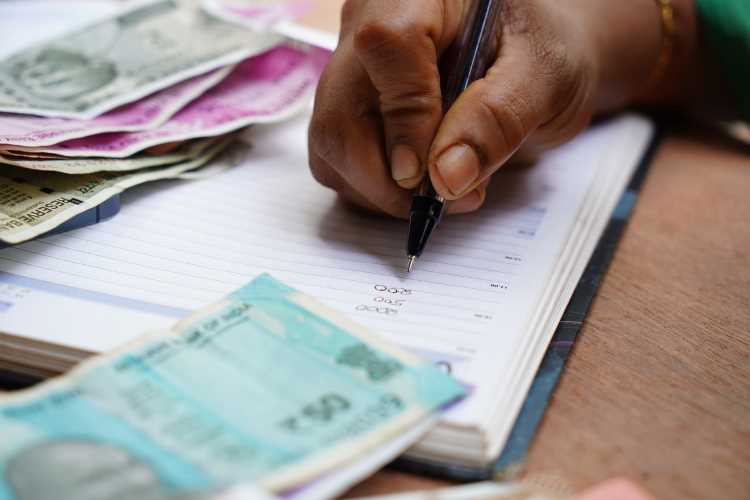
By Ashima Goyal
The most remarkable aspect of the monetary policy statement made on March 27 was its focus on financial stability. Inflation targeting that had dominated the past MPCs played second fiddle this time round. This was warranted in view of the stress in both equity and debt markets. The large rate cuts and liquidity injections should help calm markets.
The interest rate cuts are not meant to stimulate demand. That will not happen since supply is shut down in the lockdown. Even so, since inflation is falling with the collapse of oil prices, as is the global and domestic demand, the cuts are also consistent with flexible inflation targeting.
READ: In depth: Seven ways coronavirus outbreak will change human life
READ: Coronavirus and capitalism’s hour of crisis
Other notable aspects are, first, signs of listening and responding to valid needs. The time given to close books and meet regulatory requirements is required as the lockdown freezes activities. That remissions are temporary reduces possible moral hazard.
This points to a second aspect: the attention paid to incentives. For example, that cheap LTRO can only be utilized for on-lending, parking excess liquidity with the RBI will earn very little, and corporate bonds will not have to be marked to market will all induce banks to lend. The cut in CRR and more time given to meet Basel norms will improve bank profitability, allowing them to reduce loan rates even if deposit rates have to remain competitive.
READ: ‘Good beginning by govt, RBI; but much more needs to be done’
The RBI continues to rely on banks for rate and liquidity transmission. They have more fire-power they have kept in reserve. If the above steps prove inadequate, or support is required for a larger fiscal push as supply revives, they can step in themselves with OMOs and other types of refinance. While the stimulus is large and well-thought through, there is still room to calibrate it further as the situation and needs evolve. An effective policy is correctly sequenced.
(Dr Ashima Goyal is Professor at Indira Gandhi Institute of Development Research, Mumbai and member of Prime Minister’s Economic Advisory Council.)
